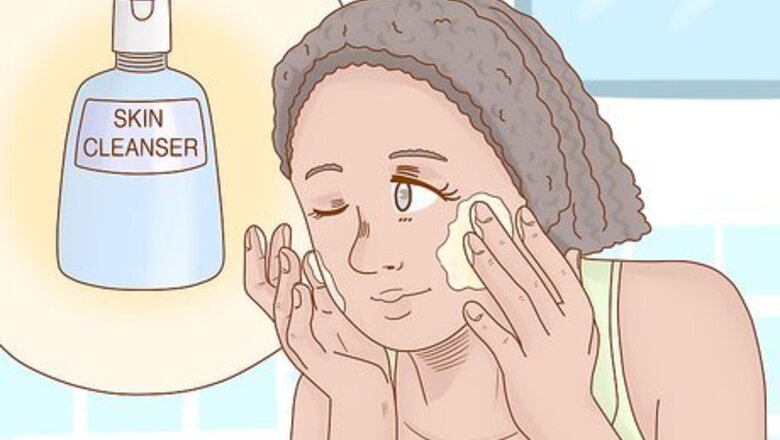
views
Practicing Skin-Healthy Hygiene
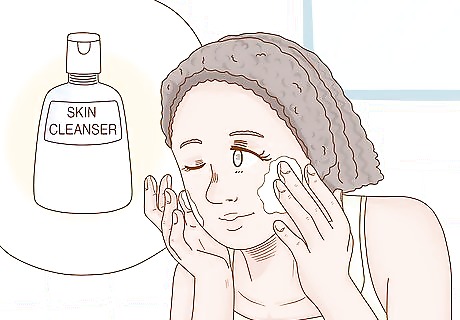
Wash your face every day with a gentle skin cleanser. Washing your face regularly gets rid of the excess oil and skin that can clog your pores and cause cysts. Use warm water and a gentle facial cleanser, such as Cetaphil, to cleanse the skin. Then pat your skin dry with a towel. Dermatologists recommend washing your face twice a day, in the morning and before bed. If you only have time for one though, wash your face before bed. This removes all of the dirt that got on your skin throughout the day. Avoid washing more than twice daily, since this can make acne worse. Don’t rub your face with a washcloth or towel after you’ve washed it. This can push oil into your pores and clog them. If your face wash isn’t strong enough to prevent your breakouts, speak to your dermatologist for a prescription-strength type. Exfoliating your skin twice weekly with a mixture of baking soda and facial cleanser may also be helpful for removing dead skin and preventing sebaceous cysts from forming.
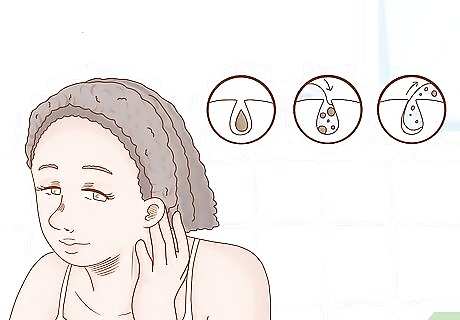
Wash behind your ears to remove hidden oil and dirt. Washing your face is common advice for avoiding acne and cysts, but don’t forget about behind your ears. Oil and dirt accumulate here, making it a very common spot for sebaceous cysts to form. Soap scum also causes cysts back here, so rinse thoroughly with clean water after washing. You can also use an astringent like witch hazel to remove oil and dirt behind your ears. Put some on a cotton ball and rub behind each ear.
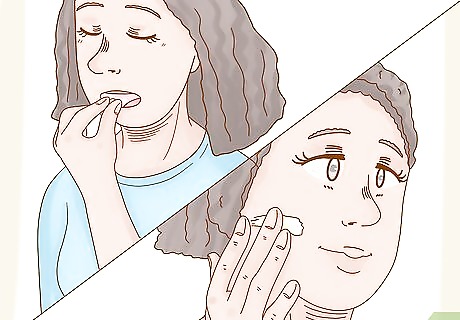
Use acne medication to control cysts. The same medication that prevents acne also prevents the growth of sebaceous cysts. Medication can prevent cysts from occurring on other places besides your face, like your back or torso. Acne medication is only available with a prescription, so speak with your dermatologist if no other remedies have worked for you. There are a number of medications that prevent acne in different ways. Retinoids prevent hair follicles from getting clogged. These come in a cream or gel that you apply to your skin. Antibiotics prevent infections in cysts, and steroids prevent inflammation. Both of these come in creams or pills. Speak with your dermatologist to find the right medication for you.
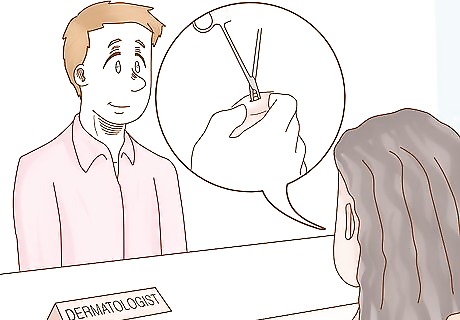
Ask a dermatologist about removing any sebaceous cysts you have. Surgical removal of a sebaceous cyst including its lining is the most effective way to prevent it from returning. See a dermatologist to determine if your sebaceous cyst may need to be removed. If the cyst is infected, your dermatologist may recommend delaying removal. The doctor will inject a local anesthetic around the cyst before removing it. This will numb the area so you won’t feel any pain during the procedure. Your doctor can remove the cyst in a way that will minimize scarring while still ensuring complete removal.
Protecting Your Hair Follicles
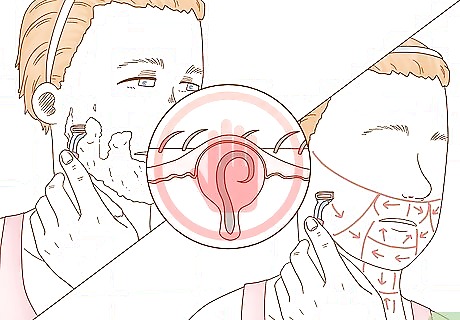
Prevent ingrown hairs with proper shaving techniques. Ingrown hairs are common in areas where you shave, and these can cause sebaceous cysts by damaging hair follicles. Proper shaving techniques can prevent ingrown hairs and cysts from forming. Clean your skin with warm water before shaving. This opens the pores and stops dirt from getting stuck in your hair follicles. Shave in the direction of hair growth to prevent hairs from getting stuck in the pores. Rinse your skin with cold water after shaving to close up the pores.
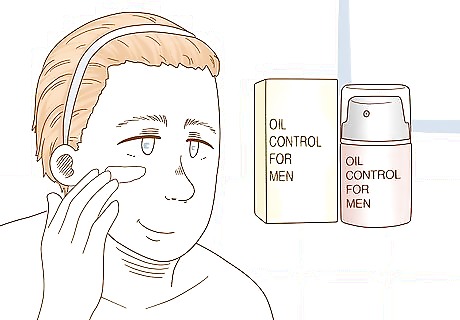
Use oil-free makeup. Thick makeup can clog your pores and stop oils from escaping. This can trigger a sebaceous cyst because the oil builds up under your skin. Use only water-based makeup and creams, which are lighter and less likely to clog your pores. Products with cocoa or shea butter, as well as other oils, are heavy and greasy. Replace them with water and mineral-based products.

Avoid exfoliating brushes if you’re prone to cysts. While exfoliating is typically good for the skin, rough brushes can make the problem worse if you’re prone to cysts. They can push dirt into your pores and produce cysts. Instead of using an exfoliating brush, try chemical exfoliants. These are designed to take off dead skin and clean out your pores without the use of a brush.
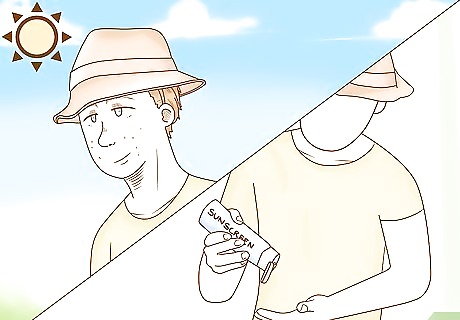
Prevent overexposure to the sun and protect yourself with sunscreen. Too much exposure to the sun can lead to skin damage, wrinkles, and skin cancer. Protect yourself when you’re outdoors by wearing a sunscreen with SPF protection of 15 or higher. Some other things you can do to protect your skin from the sun include: Avoiding sun exposure between 10 am and 2 pm. Wearing long-sleeved shirts and wide brimmed hats. Avoiding tanning beds and sunlamps.
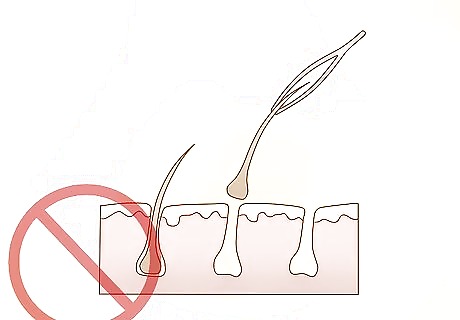
Avoid removing hair if possible. Shaving, waxing, or tweezing can damage the hair follicles and increase your risk for cysts or ingrown hairs. If you’re prone to this problem, hair removal may make it worse. If you can avoid it, don’t remove hair. This protects your hair follicles from damage. Chemical hair remover is less likely to damage your follicles. Test a small amount on part of your skin and see if it irritates you. If it doesn’t, remove hair this way instead.
Adopting a Healthy Diet for Clear Skin
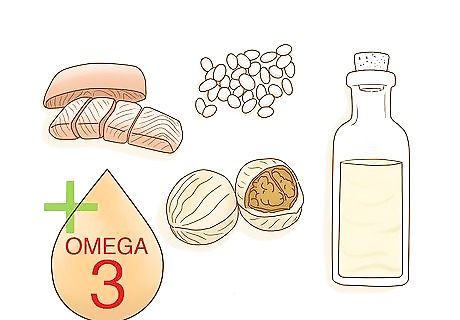
Add more omega-3 fatty acids to your diet. This fatty acid helps control your body’s oil production and skin inflammation. Increasing your intake of this nutrient can help reduce the oil in your skin and prevent cysts from forming. The recommended daily intake for adults of omega-3s is 1.6 g for men and 1.1 g for women. Good sources of omega-3s include flaxseed, canola oil, oily fish like salmon, nuts, and beans.
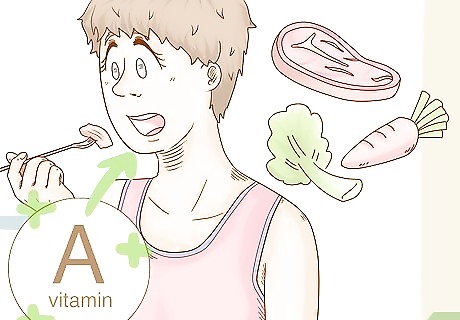
Increase your intake of vitamin A. This vitamin helps reduce inflammation in your skin, and one of the first signs of a vitamin A deficiency is dry, wrinkly skin. Getting a proper intake of vitamin A can help reduce the inflammation that comes along with cysts and acne outbreaks. Recommended sources of vitamin A are dairy products, meat, carrots, leafy green vegetables, and fish.
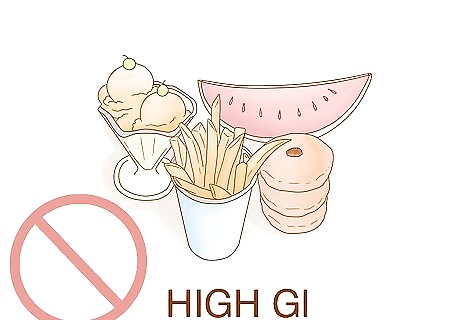
Avoid foods with a high glycemic index. A glycemic index indicates how high a food raises your blood sugar levels. Studies have linked foods with a high glycemic index to an increased chance of acne or cyst outbreaks. These foods include enriched flour and bread, soda, white rice, and potatoes. If you’ve had problems with cysts, try limiting your intake of these foods. Foods made with enriched white flour have a high glycemic index. For an easy fix, replace white bread with whole-grain substitutes. Additionally, white foods tend to have a high glycemic index. You can easily replace white rice with brown rice, for example, to avoid these foods.
















Comments
0 comment